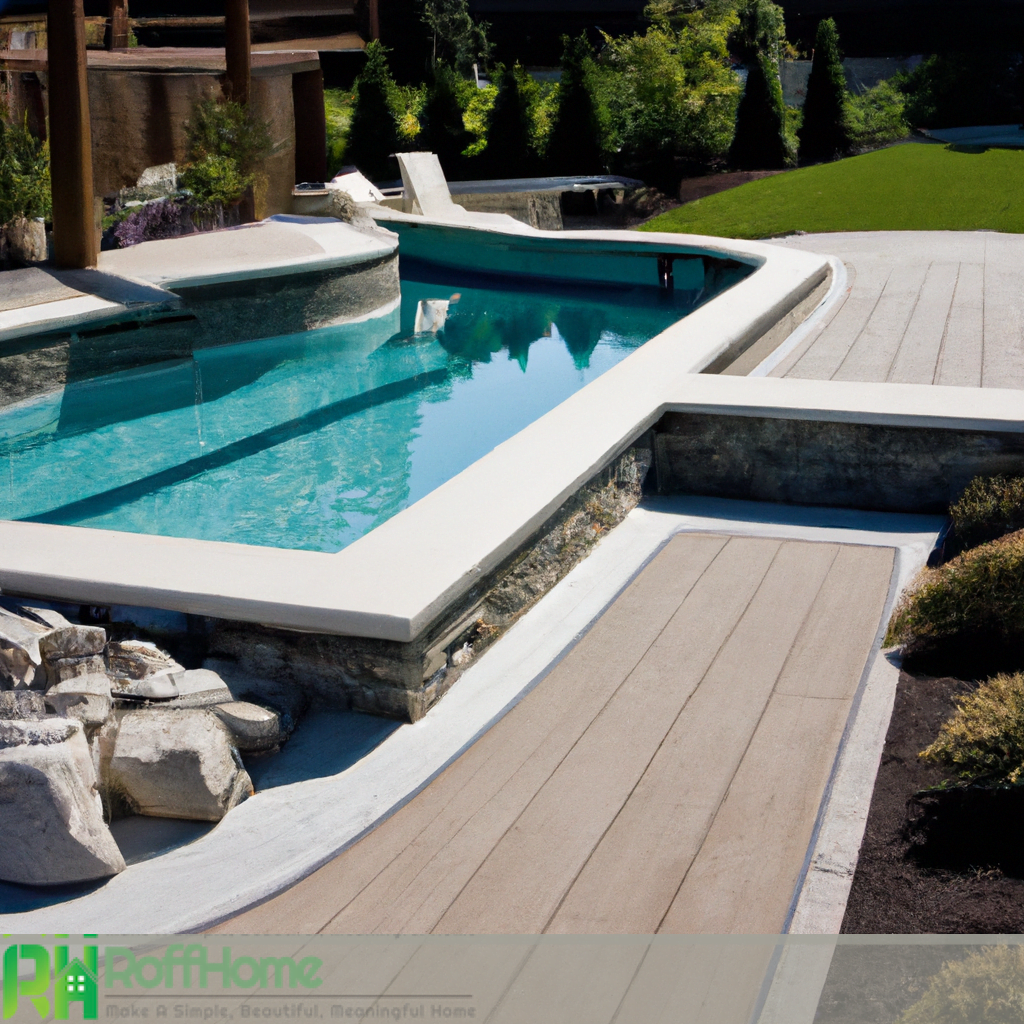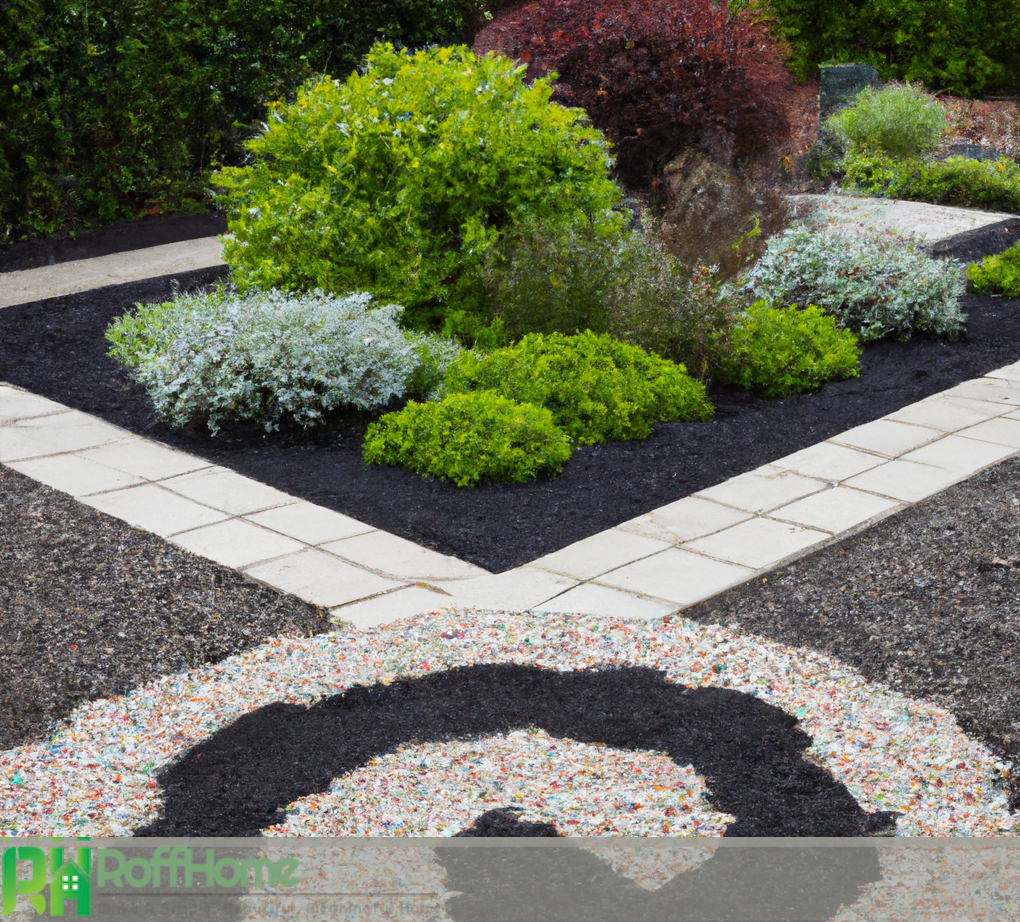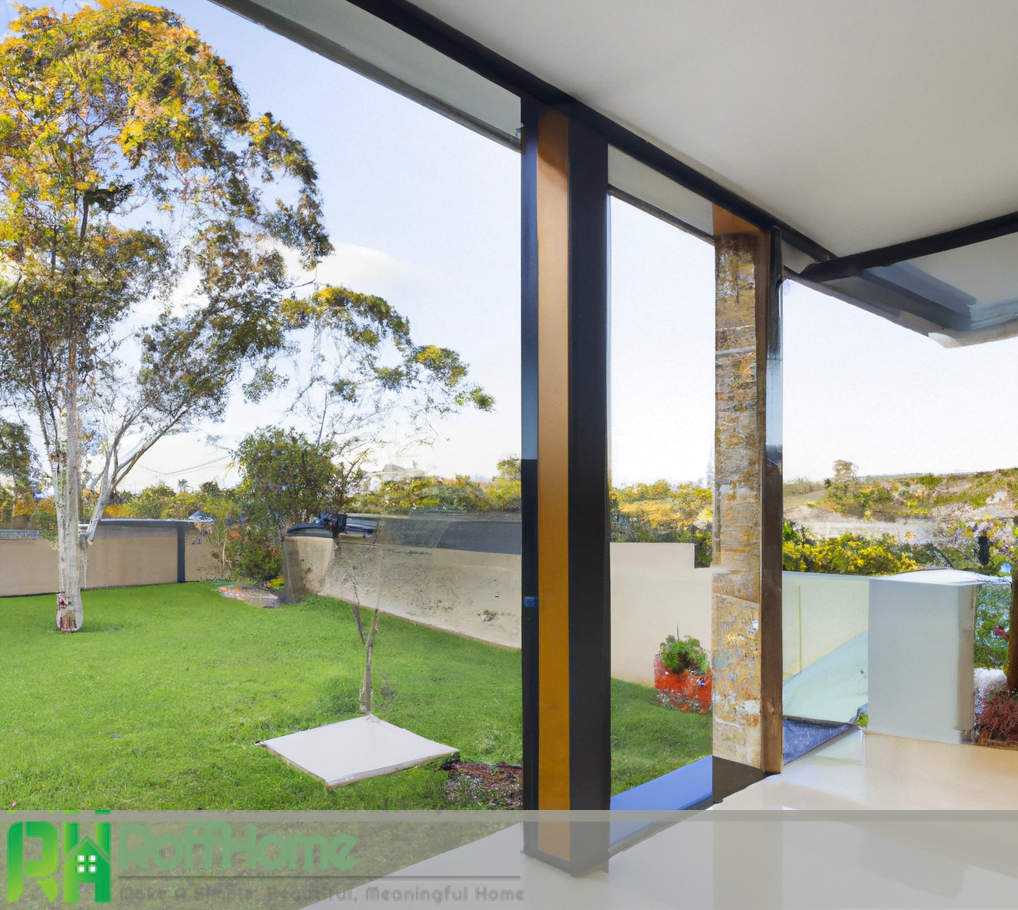Designing Your Dream Informal Garden: Tips and Inspiration
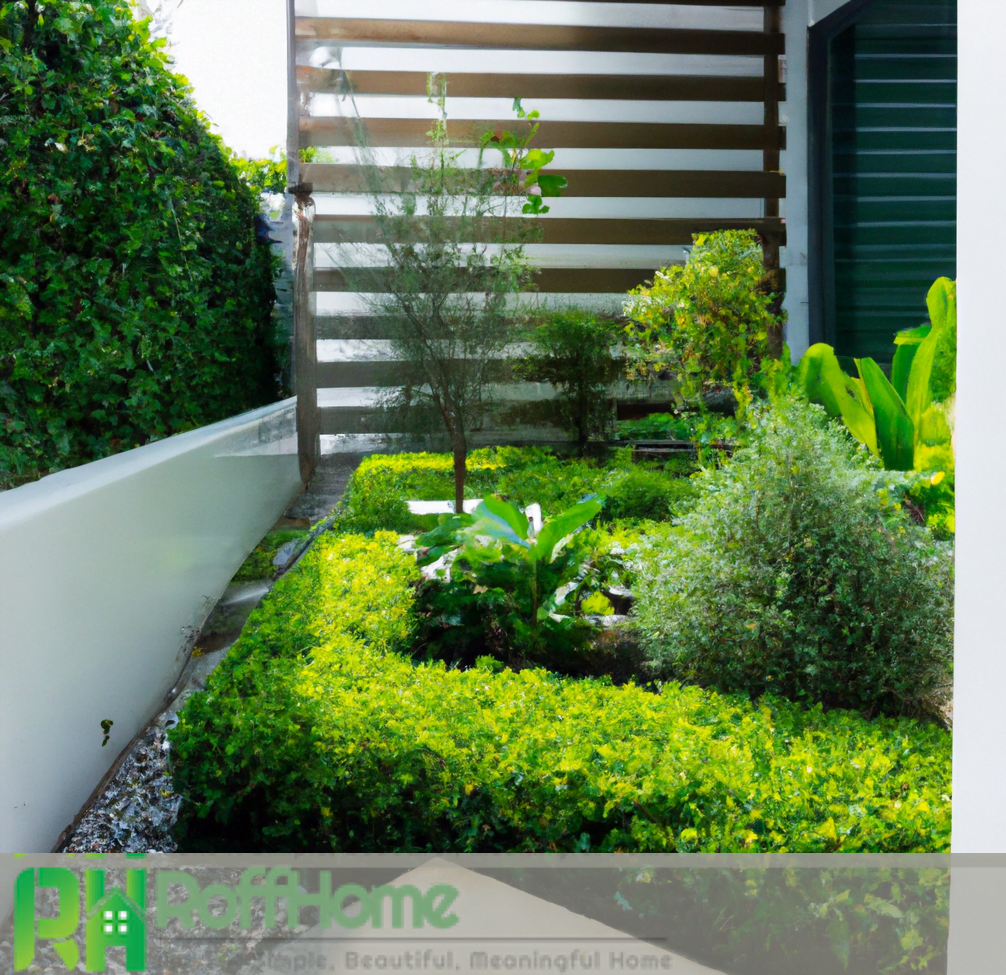
An informal garden is a naturalistic landscape design that aims to create a relaxed and serene environment while promoting ecological sustainability and biodiversity. The design of an informal garden often incorporates native plants, water features, and wildlife habitats while also considering factors such as texture, color, and composition to create a harmonious and balanced space.
The use of natural and organic gardening techniques is also a common feature of informal gardens, which helps to support pollinators and other wildlife and promote overall environmentalism. Additionally, This can be tailored to fit small spaces and blended with more formal landscaping to create a unique and personalized outdoor space.
Maintaining an informal garden requires a certain level of attention to detail, with regular tasks such as pruning, weeding, and watering necessary to ensure the health and beauty of the garden. However, many people find that the act of gardening itself is a form of therapy and stress relief, making gardens a popular choice for those seeking relaxation and peace of mind.
The history and evolution of informal gardens
The history and evolution of informal gardens can be traced back to the 18th and 19th centuries when natural landscaping began to gain popularity in Europe. The idea behind gardens was to create a natural and organic space rather than heavily designed and structured.
During this time, wealthy landowners and aristocrats began to adopt this naturalistic style of gardening, which often incorporated elements such as meandering paths, rustic bridges, and wildflower meadows. These gardens were meant to evoke a sense of pastoral simplicity while showcasing the owner’s wealth and taste.
As the popularity of gardens grew, they began to be embraced by a wider audience, including middle-class homeowners and urban gardeners. In the 20th century, gardens continued to evolve with the emergence of ecological and sustainable gardening practices. Many gardeners began incorporating native plants, water features, and wildlife habitats into their designs to promote biodiversity and support local ecosystems.
Today, gardens, with many styles and designs, are popular among homeowners and landscapers. Some gardeners opt for a more traditional, naturalistic approach, while others incorporate modern elements such as minimalism and clean lines.
Regardless of the design, the underlying philosophy of an garden remains the same: to create a space that is in harmony with the natural world and promotes a sense of peace and tranquility. Through their rich history and ongoing evolution, This inspire and delight gardeners worldwide.

What is an informal garden?
An garden is a landscape design that emphasizes a natural, relaxed look and feel. Unlike formal gardens, which are highly structured and symmetrical, gardens are more free-flowing and organic.
One of the key features of an garden is the use of natural materials and elements, such as rocks, boulders, and water features. Plants are often arranged more randomly or haphazardly rather than being meticulously arranged in rows or patterns. This creates a sense of movement and energy in the garden, as if the plants are growing more naturally and spontaneously.
Another hallmark of gardens is the use of native plants and vegetation. This not only helps to create a more natural look but also promotes ecological sustainability and biodiversity. Plants well-suited to the local climate and soil can thrive with minimal maintenance and upkeep.
In addition to plants and natural materials, gardens may include seating areas, paths, and lighting. These elements are often designed to create a sense of tranquility and relaxation, encouraging visitors to spend time in the garden and enjoy its natural beauty.
Overall, an garden is a beautiful and inviting space that combines elements of nature and design to create a peaceful and harmonious environment. Whether you have a large backyard or a small balcony, an garden can be tailored to suit your needs and preferences and can be a source of joy and inspiration for years to come.
What is an informal garden, and how is it different from a formal garden?
An informal garden is a type of garden design that emphasizes a natural, relaxed look and feel. Unlike formal gardens, which are highly structured and symmetrical, There are more free-flowing and organic in their layout.
Formal gardens are characterized by a structured and organized layout, straight lines, symmetrical patterns, and perfectly manicured lawns. The focus of a formal garden is on creating a sense of order and control, with each element carefully placed and designed to fit into the overall scheme of the garden.
In contrast, There are designed to look more natural and organic. They often incorporate elements such as rocks, boulders, and water features to create a sense of movement and energy in the garden. Plants are arranged more randomly or haphazardly rather than meticulously arranged in rows or patterns.
Another key difference between informal and formal gardens is the use of native plants and vegetation. This typically include various plants well-suited to the local climate and soil. In contrast, formal gardens tend to feature a more limited selection of carefully selected plants to fit into the overall design.
In terms of maintenance, it generally require less upkeep than formal gardens, as they are designed to look more natural and unmanicured. While formal gardens require regular pruning and shaping to maintain their symmetrical appearance, gardens can grow and evolve more freely over time.
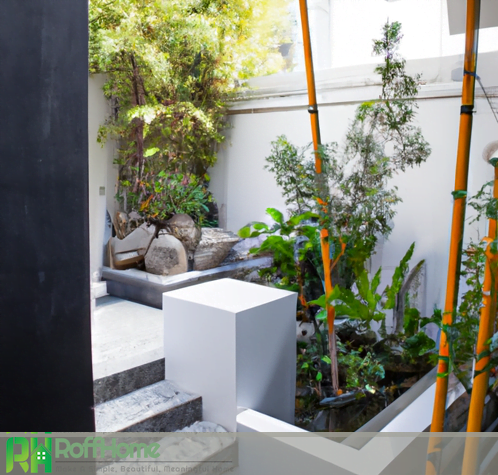
Designing an informal garden: tips and tricks
Designing an informal garden can be a fun and rewarding project, but it can also be daunting if you need help figuring out where to start. Here are some tips and tricks to help you create a beautiful and functional :
Start with a plan: Before planting, it’s important to have a plan. Consider the size and shape of your space and any existing features, such as trees or water. Sketch out a rough design for your garden, considering the types of plants and elements you want to include.
Choose the right plants: When selecting plants for your garden, focus on native species well-suited to your climate and soil. Choose plants that will thrive in the specific conditions of your garden, and consider factors such as color, texture, and growth habits when making your selections.
Incorporate natural elements: To create a truly organic and natural look, incorporate natural elements such as rocks, boulders, and water features. These elements can add visual interest and create a sense of movement and energy in your garden.
Use color and texture to create depth: When selecting plants, consider the colors and textures of different varieties. Combining plants with different colors and textures can create depth and visual interest in your garden.
Create pathways and seating areas: To make your garden more functional and inviting, create pathways and seating areas where visitors can relax and enjoy the beauty of your space. Use natural materials such as gravel or wood chips to create paths, and incorporate benches or chairs where visitors can sit and take in the scenery.
Embrace imperfection: One of the key features of an garden is its relaxed and natural look. Don’t worry too much about creating a perfectly manicured space – instead, embrace the imperfections and allow your garden to evolve and grow over time.
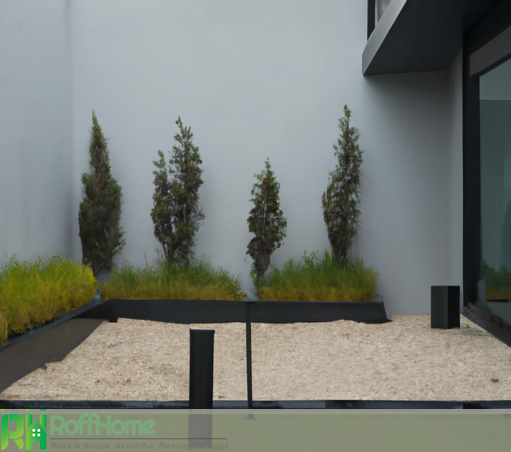
Maximizing space in a small informal garden
Creating an informal garden in a small space can be a fun and rewarding challenge. Here are some tips for maximizing space:
Use vertical space: When space is limited, making the most of every inch is important. One way to do this is by using vertical space. Consider adding trellises, arbors, or hanging baskets to create a lush and vibrant garden that takes up less floor space.
Choose compact plants: In a small garden, choosing plants that won’t overwhelm the space is important. Look for compact varieties of plants such as shrubs, perennials, and even trees that will fit into your garden without taking over.
Create a focal point: To draw the eye and add visual interest to your small garden, create a focal point such as a water feature or a piece of garden art. This will create a sense of depth and add interest to your space.
Use containers: Another way to maximize space in a small garden is using containers. Choose pots or planters that fit your space and fill them with various plants, creating a mini garden in each container.
Choose multipurpose plants: When selecting plants for a small garden, consider choosing varieties that serve multiple purposes. For example, some plants can provide shade, privacy, and beauty.
Add mirrors: One clever trick for making a small garden feel larger is to add mirrors. By placing a mirror on a garden wall or fence, you can create the illusion of more space and depth in your garden.
Low-cost and creative ways to decorate an informal garden
Decorating your garden doesn’t have to break the bank. Plenty of low-cost and creative ways to add visual interest and personality to your outdoor space. Here are some ideas to get you started:
Use recycled materials: Consider repurposing old items instead of buying new decorations. For example, an old ladder can be turned into a trellis, or a collection of vintage bottles can be used as garden art.
Create a DIY project: Get crafty and create your garden decorations. You can make anything from birdhouses to wind chimes to garden stakes with just a few supplies.
Plant a container garden: A container garden can be a beautiful and cost-effective way to add color and texture to your garden. Choose various plants and arrange them in a beautiful pot or planter.
Use natural materials: Incorporating natural materials such as stones, wood, and shells can add a rustic and organic feel to your garden. Consider using these materials creatively, such as stacking stones to create a garden sculpture or using driftwood as a planter.
Hang outdoor lights: Adding string lights to your garden creates a magical and inviting atmosphere, perfect for evening gatherings or relaxation.
Use colorful pots and planters: Adding pops of color to your garden can be as simple as choosing brightly colored pots or planters. Look for colorful options that complement the colors of your plants.
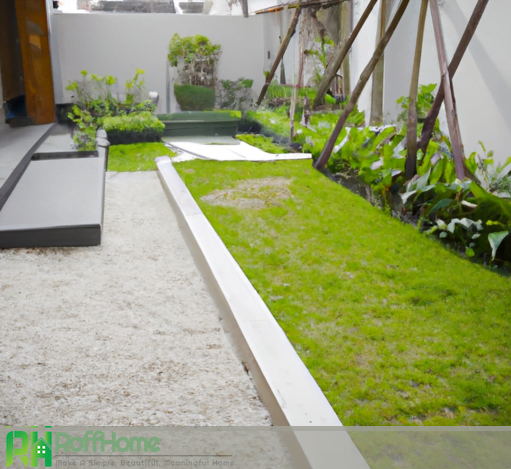
Maintaining an informal garden: essential tasks and tools
Maintaining an informal garden requires effort and dedication, but keeping your outdoor space looking beautiful and healthy is worth it. Here are some essential tasks and tools for maintaining:
Weeding: Keeping your garden free of weeds is crucial for the health of your plants. Regularly pulling weeds by hand or using a hoe can prevent them from overtaking your garden.
Watering: Watering your plants is essential to keep them healthy and thriving. Use a watering can or hose to water your plants deeply and consistently, especially during hot and dry weather.
Pruning: Regularly pruning your plants can help them stay healthy and promote new growth. Use pruning shears to remove dead or damaged branches and shape your plants.
Fertilizing: Adding fertilizer to your garden can provide essential nutrients to your plants and help them grow stronger and more vibrant. Use a granular or liquid fertilizer as directed for best results.
Mulching: Adding a layer of mulch to your garden can help retain moisture, suppress weeds, and regulate soil temperature. Use a natural mulch such as bark or leaves, and apply it in a 2-3 inches thick layer.
Essential tools: Some essential tools for maintaining an garden include pruning shears, a garden hose or watering can, a hoe or cultivator for weeding, and a rake for removing debris and leaves.
The benefits of an informal garden for mental health
An informal garden can provide many benefits for mental health, offering a peaceful and calming space that can help reduce stress and anxiety. Here are some of the key benefits :
Relaxation and stress relief: Spending time in an garden can help promote relaxation and reduce stress. The natural environment and peaceful surroundings can help calm the mind and reduce anxiety.
Connection with nature: Spending time in nature has positively impacted mental health. An garden can offer a space to connect with the natural world and promote feelings of well-being.
Physical activity: Gardening can provide a moderate form of physical activity that can help improve mental health. Gardening tasks such as planting, weeding, and pruning can help improve physical fitness and promote a sense of accomplishment.
Sensory stimulation: An informal garden can provide sensory stimulation through sights, sounds, and smells. The colors and textures of plants, birds chirping, and the fragrance of flowers can all promote a sense of well-being and relaxation.
Creativity and self-expression: Designing and maintaining an garden can be creative and fulfilling. It allows for self-expression and provides a sense of ownership and pride.
Social connection: An garden can be a space for social connection and community building. It can provide a shared space for neighbors or friends to gather, connect, and enjoy the benefits of nature together.
An informal garden is a beautiful and naturalistic outdoor space that provides mental and physical health benefits. From design to maintenance, an informal garden can offer a peaceful, calming space that promotes relaxation, creativity, and connection with nature.

